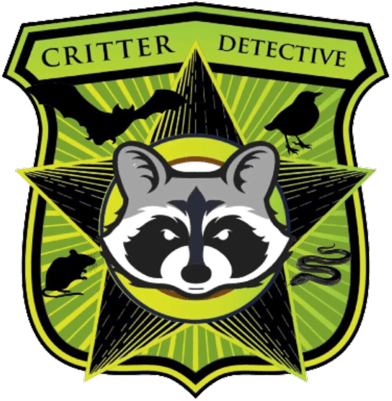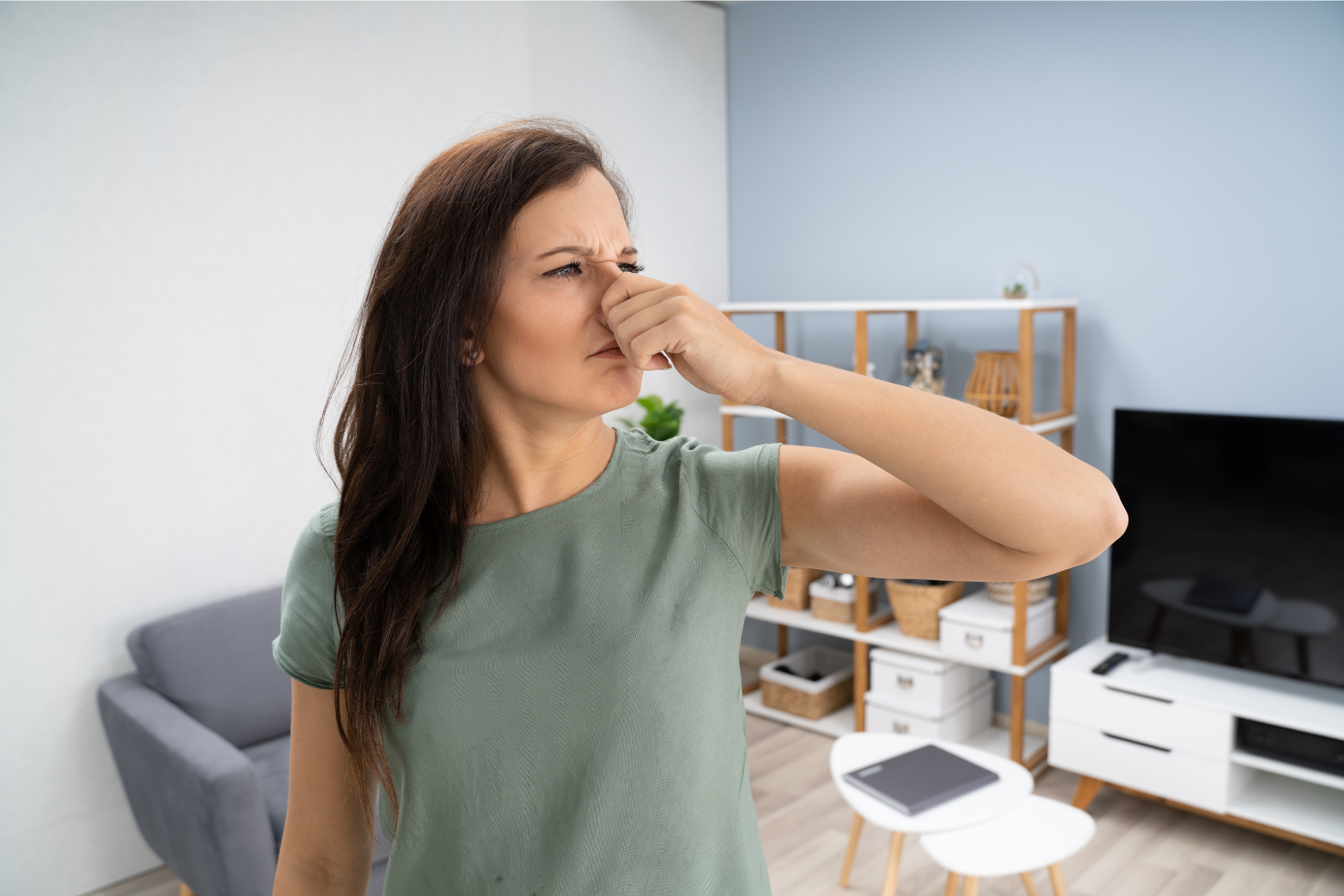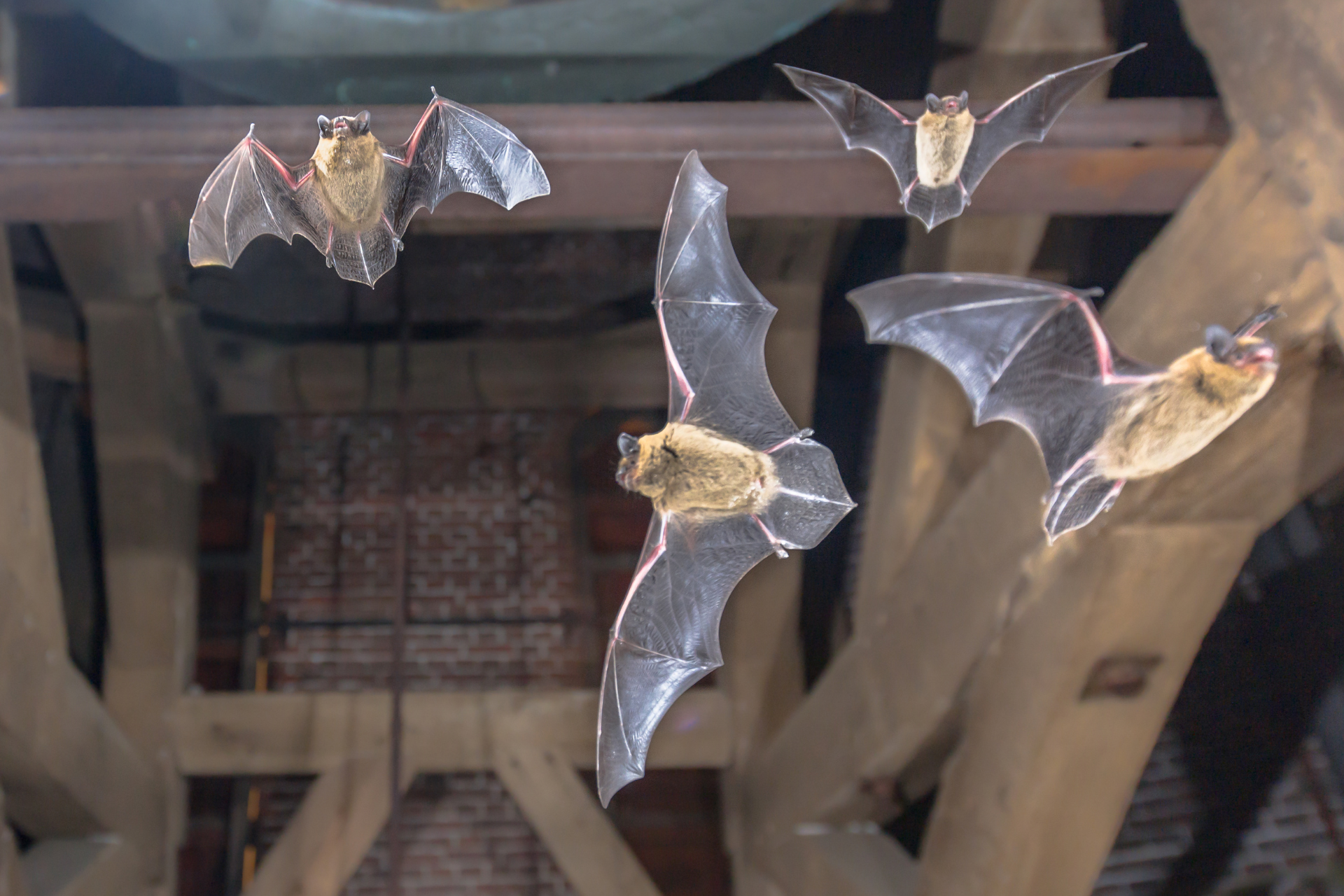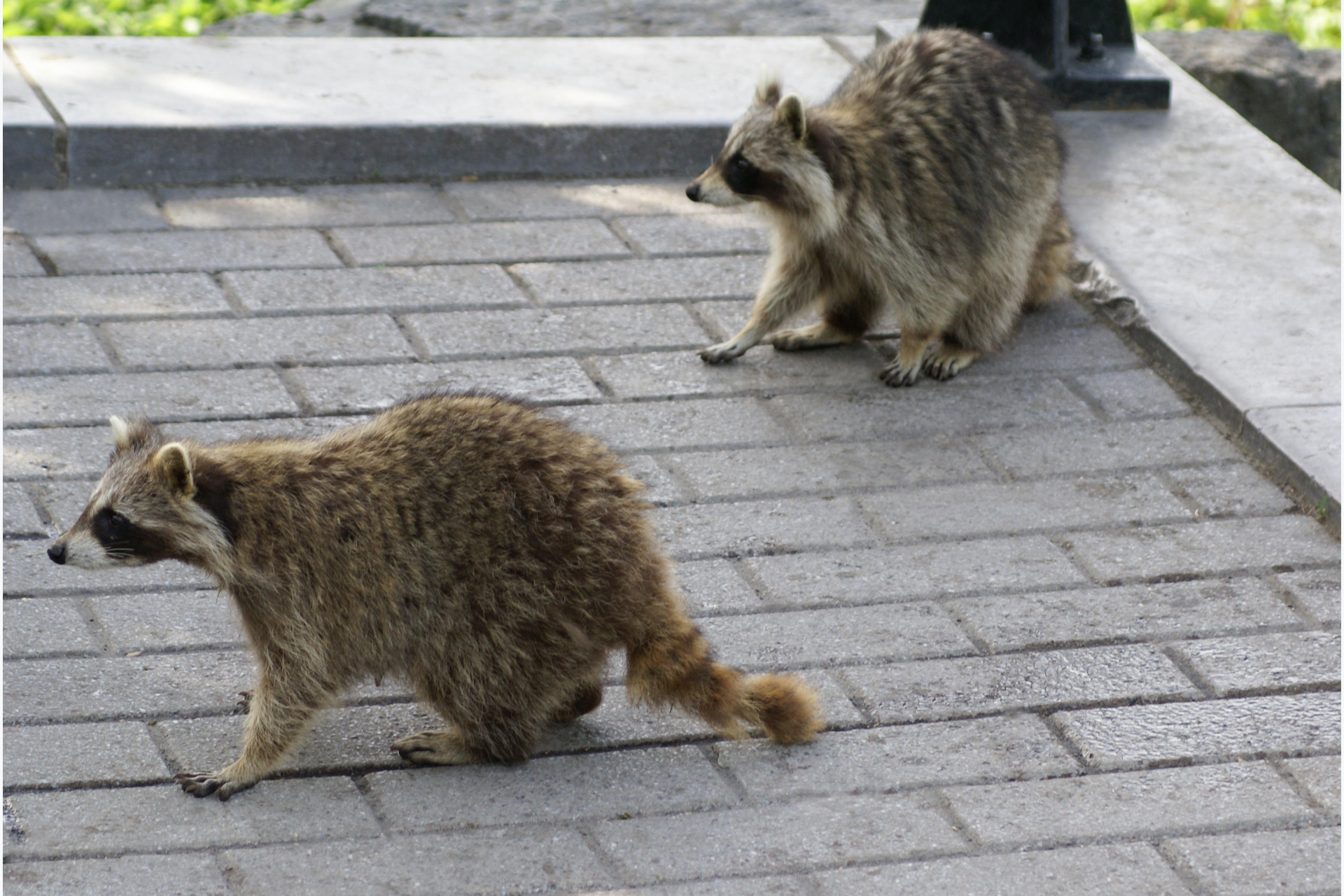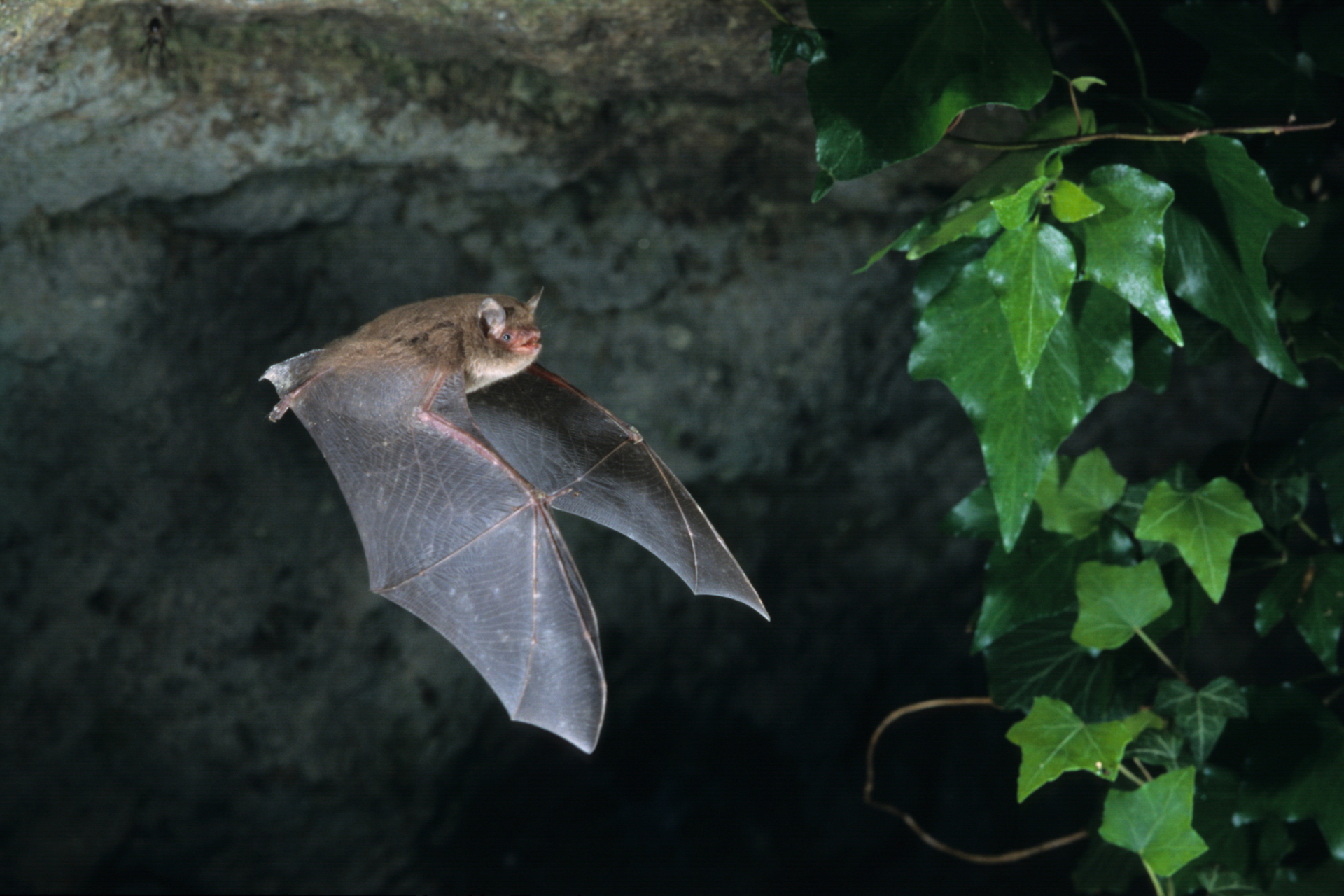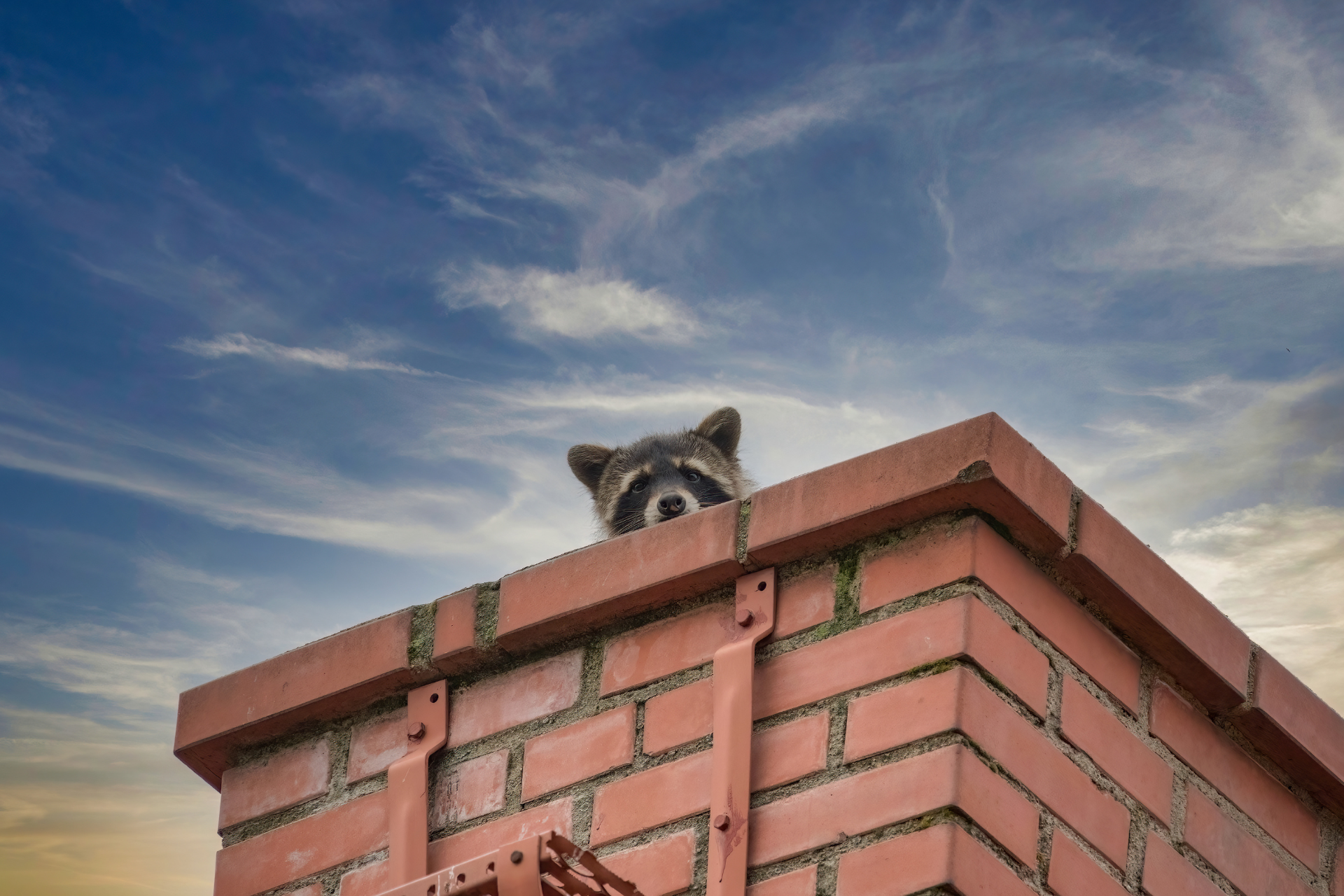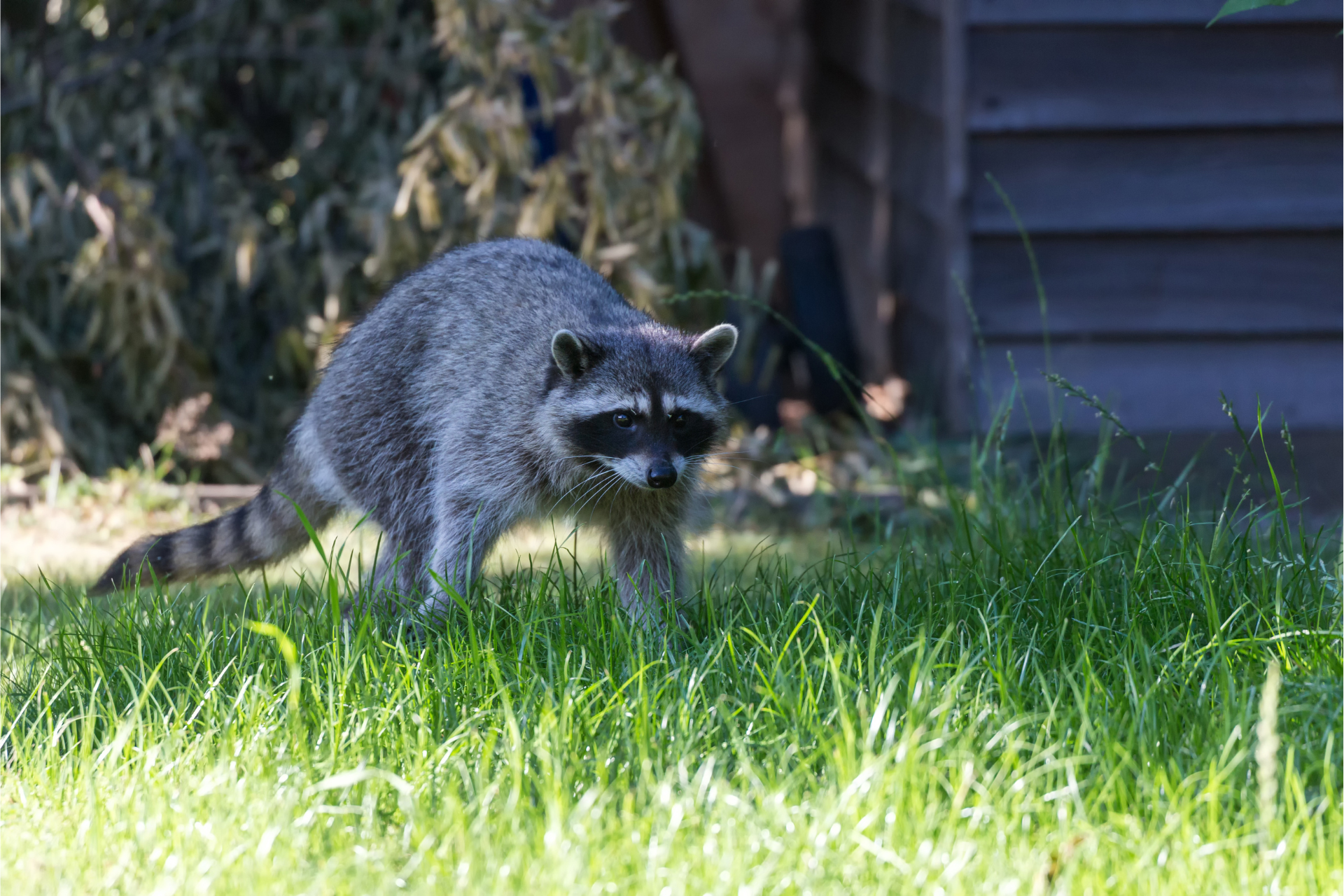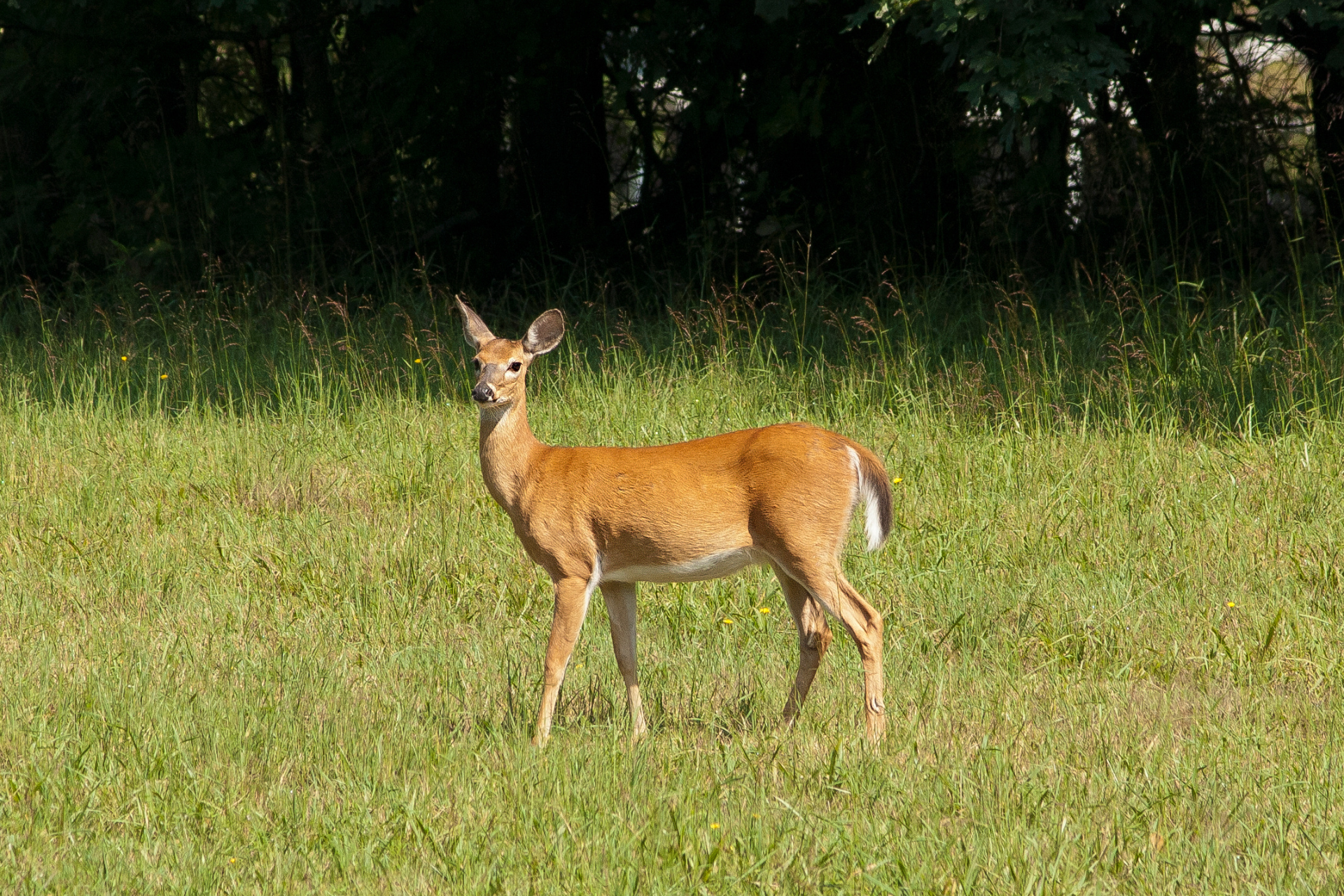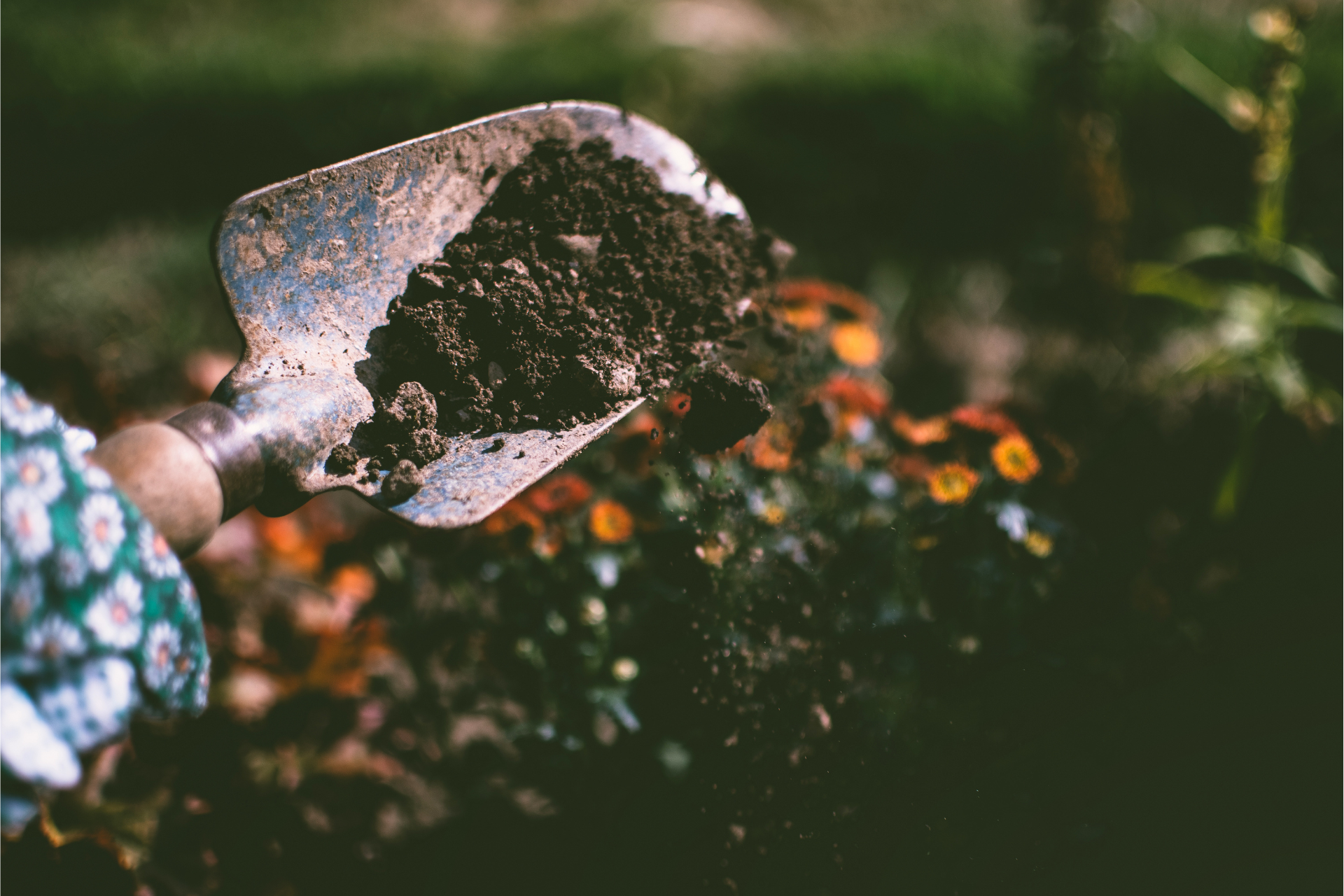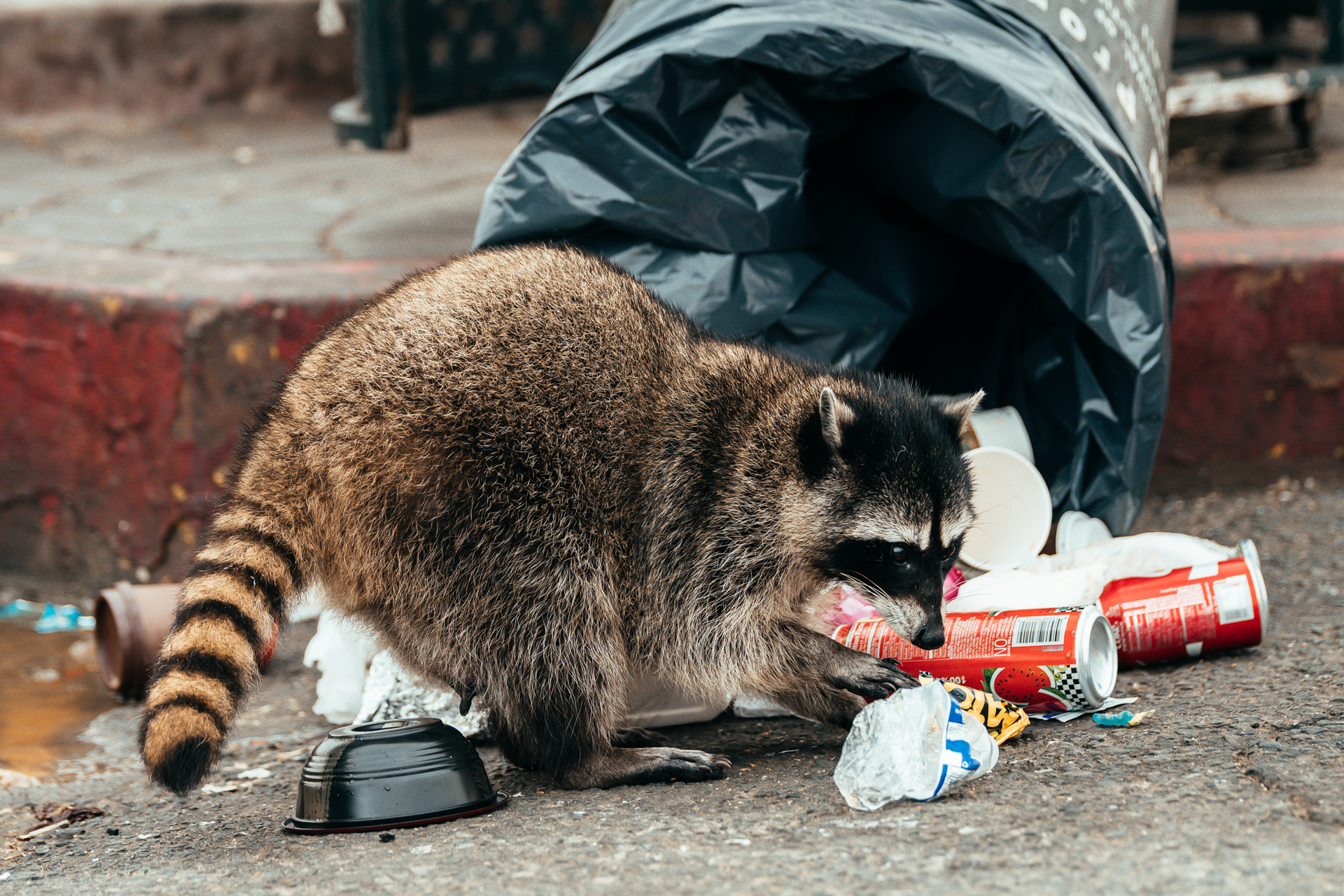The Cost Of Ignoring Wildlife Intrusions
The Long-Term Costs Of Letting Wildlife Issues Go Untreated.
Wildlife intrusions may seem harmless at first glance—after all, animals are just looking for shelter and food, and a cozy attic or warm crawlspace provides both. However, allowing wildlife to infiltrate your property can lead to an escalating series of problems, from property damage to health risks that can impact everyone in the household. Ignoring these intrusions isn’t just a matter of living alongside a few extra “houseguests”; it can mean significant financial burdens, structural damage, and health concerns. Understanding the full extent of what can happen when wildlife is allowed to roam unchecked can help homeowners recognize the importance of addressing the issue promptly.
Structural Damage And Repairs
One of the most immediate and apparent effects of wildlife intrusions is structural damage. Small animals like squirrels, raccoons, and even birds can cause significant destruction to a home’s infrastructure as they seek ways to nest and move freely within walls, attics, or basements. Rodents, for example, are natural chewers. They gnaw incessantly on wood, insulation, and even wiring, as their teeth never stop growing and require constant maintenance. The damage from their chewing habits can lead to weakened structures, holes in drywall, and, alarmingly, compromised electrical wiring that increases the risk of house fires.
Squirrels are particularly notorious for tearing up insulation in attics. They use shredded insulation to create warm nests, which not only compromises your home’s energy efficiency but also necessitates expensive repairs to replace damaged insulation. Raccoons, on the other hand, are known for their strength and dexterity. They can easily tear apart roofing materials, siding, and vent coverings to gain access to attics and crawlspaces. Once inside, they leave behind droppings, urine, and nesting materials, all of which contribute to an environment that can cause further property damage and attract other pests.
Beyond immediate physical damage, burrowing animals such as moles, voles, and groundhogs can cause problems from beneath. They undermine the soil structure around your property, creating unstable ground that can lead to foundation issues over time. If left unchecked, these burrowing animals can shift the soil near your foundation, weakening the structural integrity and leading to potentially costly repairs. Foundation repair is one of the more expensive home fixes, and the underlying cause may have started with a single, unchecked animal intrusion.
Health Risks And Contamination
The health risks associated with wildlife intrusions are often underestimated, but they should be a primary concern for any homeowner. Wild animals are carriers of a host of diseases that can spread to humans, often through contact with animal waste, saliva, or even through the air. Rodents, for example, are notorious for carrying hantavirus, which is a potentially fatal respiratory disease transmitted through airborne particles from rodent urine or droppings. Cleaning up these droppings without proper protective measures can increase the risk of infection.
Raccoons are another wildlife species that pose serious health risks. They often carry parasites like raccoon roundworm, which can be transmitted to humans and pets. Raccoon roundworm eggs are highly resilient and can survive for years in contaminated soil, posing a long-term health threat even after the animals are gone. Bats, which frequently enter attics and other high spaces, are well-known carriers of rabies and histoplasmosis, a fungal infection that affects the lungs and can be fatal if untreated. Bat droppings, or guano, are a primary cause of histoplasmosis and can accumulate unnoticed in an attic, releasing harmful spores into the air that eventually circulate throughout the home.
In addition to diseases, wildlife intrusions can bring parasites like ticks, fleas, and mites into your home. These parasites latch onto their animal hosts but can quickly spread to humans and pets, causing itching, irritation, and in the case of ticks, serious illnesses like Lyme disease. The presence of these parasites can result in costly extermination processes and health treatments for both humans and pets, further underscoring the cost of ignoring wildlife in the home.
Long-Term Costs
The financial implications of ignoring wildlife intrusions go beyond the initial repairs. Every time an animal is allowed to enter and occupy a space within your home, they leave behind droppings, urine, nesting materials, and food remnants. These waste materials can damage structural components, create persistent odors, and serve as attractants for additional pests like insects, leading to a chain reaction of infestation. Each new pest brings its own unique problems, requiring professional removal and additional preventative measures.
Once animals have identified your home as a safe place, they often return even if removed once. Raccoons, squirrels, and bats in particular are known for revisiting places where they previously found shelter, sometimes even bringing their offspring along to establish new nests. Ignoring the problem not only leads to repeated intrusions but also raises the costs associated with ongoing removal and damage repair. Replacing chewed wiring, reinforcing structural supports, sealing entry points, and restoring insulation add up quickly, and many homeowners are surprised to see just how costly these recurring repairs can become.
A long-term infestation can also reduce property values. Homes with a history of animal intrusions or visible signs of damage are often less attractive to buyers. Potential buyers may be wary of underlying issues that could require significant future investment, making wildlife damage a potential barrier to selling your home or reducing the asking price. In severe cases, some states require disclosure of pest problems during real estate transactions, and the history of wildlife issues could negatively impact the final sale.
Preventing Wildlife Intrusions
Preventing wildlife intrusions requires a proactive approach to home maintenance. Conducting regular inspections of the home’s exterior, especially around roofs, chimneys, and crawlspaces, can help identify potential entry points before animals make their way inside. Replacing worn or broken vent covers, repairing holes or cracks in siding, and installing screens or barriers in vulnerable areas are effective steps in keeping animals out.
Landscaping can also help deter wildlife from approaching the home. Trees and shrubs that provide a path to the roof should be trimmed back, and outdoor food sources such as garbage, compost, and pet food should be kept securely covered. In areas prone to wildlife activity, additional deterrents such as motion-activated lights or ultrasonic devices can discourage animals from exploring too close to the house.
If wildlife has already gained access, professional wildlife removal is often the best solution. Trained professionals can remove animals humanely, assess damage, and seal off entry points to prevent future problems. They understand the behaviors of each species and have the tools to ensure thorough and safe removal without causing harm to the animals or your home.
The cost of ignoring wildlife intrusions isn’t just measured in dollars; it’s a matter of protecting your family’s health, your home’s structural integrity, and your peace of mind. The sooner wildlife is removed, and preventative measures are taken, the less risk there is of enduring costly and potentially harmful consequences.
At Critter Detective, we understand the importance of timely action when it comes to wildlife intrusions. Our team specializes in humane wildlife removal, damage repair, and prevention solutions designed to keep your home safe and secure. If you suspect animals are lurking within your property, contact us at Critter Detective. We’re here to help you protect your home from the hidden costs of wildlife intrusions, ensuring your home remains a safe, healthy, and pest-free space for you and your family.
All Rights Reserved | Critter Detective LLC
